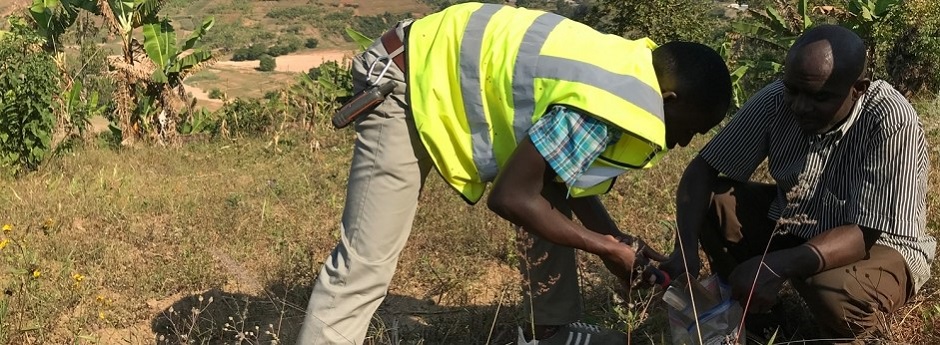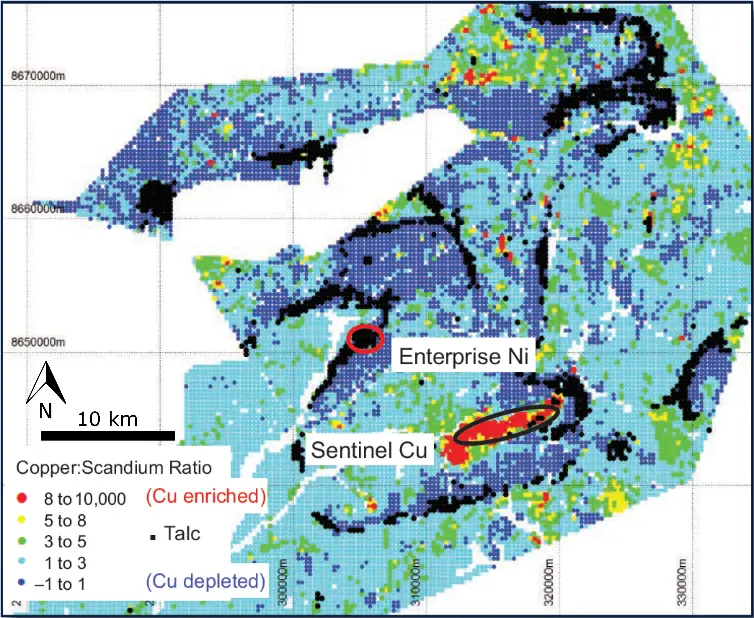Cost Effective Exploration at Regional Scales – Zambia Case Study
This case study has been selected as a good example of geochemical exploration with costs provided in the public domain. SRK was not associated with the study, which was carried out by Scott Halley and First Quantum Minerals.
Reference: Using Multielement Geochemistry to Map Multiple Components of a Mineral System: Case Study from a Sediment-hosted Cu-Ni Camp, NW Province, Zambia. Scott W. Halley et.al., January 2016, SEG Newsletter Number 104, p. 15-21
Conclusions: Footprints of mineral deposits are orders of magnitude smaller than the footprints of the systems that form those deposits – it is cheaper and quicker to define the footprint of a system and then look for the orebody within.


